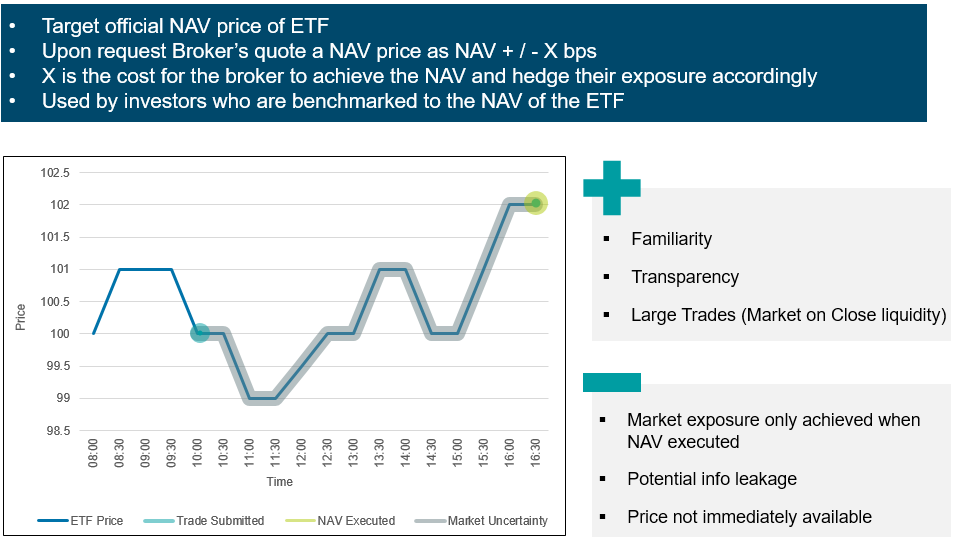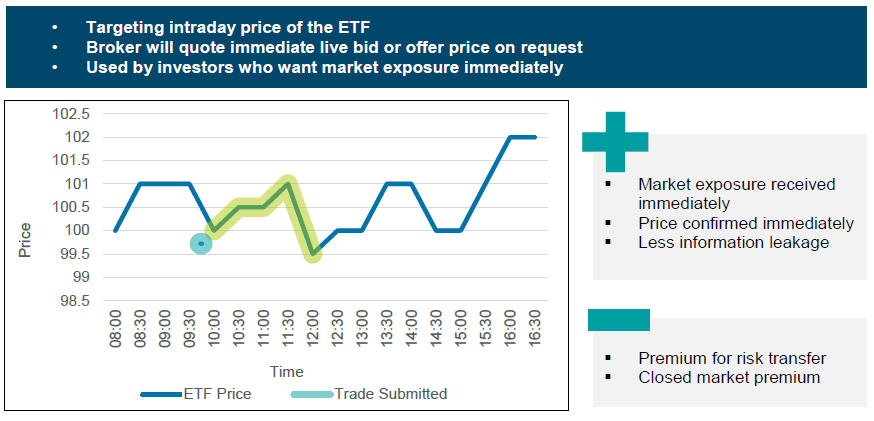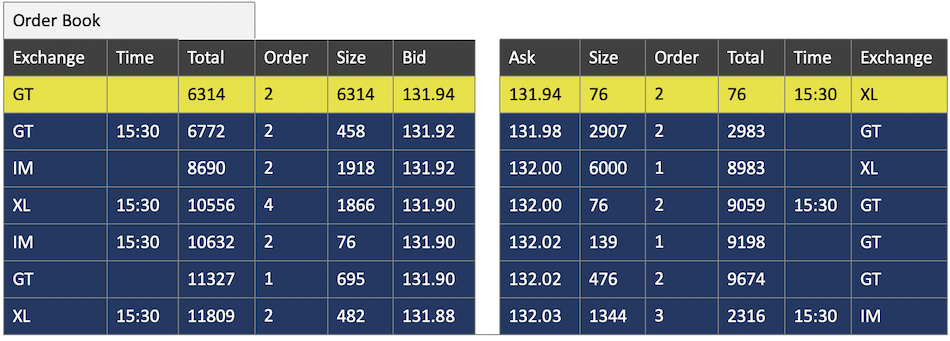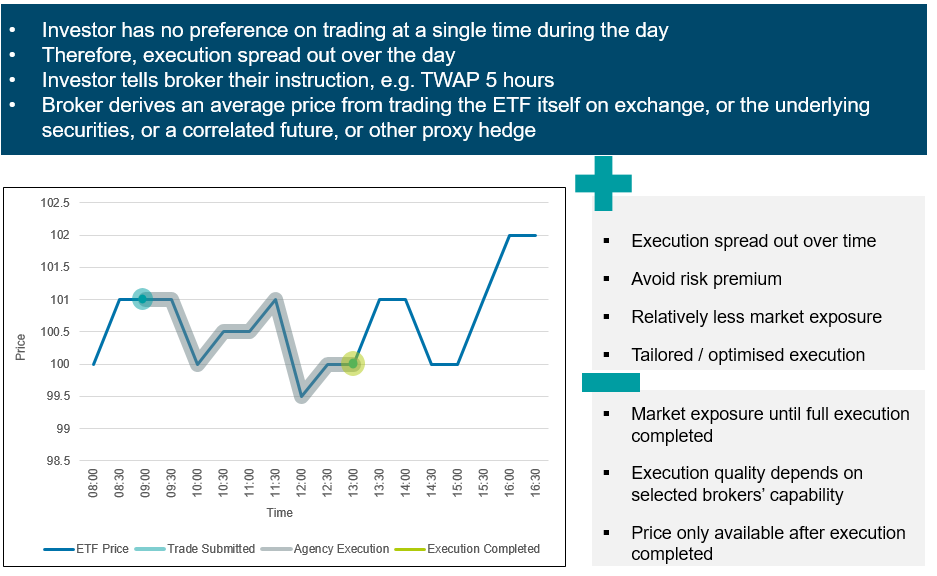Introduction
BEFORE ENTERING THIS WEBSITE, PLEASE READ CAREFULLY THE FOLLOWING IMPORTANT TERMS AND CONDITIONS (THE "TERMS") THAT GOVERN YOUR ACCESS TO, AND USE OF, THIS WEBSITE, AND ACKNOWLEDGE YOUR AGREEMENT TO THEM. IF YOU AGREE TO THE TERMS, CLICK "ACCEPT" AT THE END OF THESE TERMS TO ENTER THIS WEBSITE. IF YOU CLICK "LEAVE PAGE" YOU WILL NOT BE ABLE TO ACCESS THIS WEBSITE THESE TERMS ARE A BINDING AGREEMENT BETWEEN YOU AND DWS, AND GOVERN YOUR ACCESS AND USE OF THE WEBSITE.
FOR PROFESSIONAL INVESTORS ONLY
THE CONTENT HEREIN IS RESTRICTED TO PROFESSIONAL INVESTORS, SUCH AS BANKS, INVESTMENT ADVISERS, PENSION FUNDS, INVESTMENT FUNDS, INSURANCE COMPANIES AND SIMILAR INSTITUTIONS AND IS NOT INTENDED FOR RETAIL INVESTORS. BY AGREEING TO THESE TERMS THE USER CONFIRMS AND ACKNOWLEDGES THAT HE/SHE IS ACTING IN HIS/HER CAPACITY AS A PROFESSIONAL INVESTOR OR REPRESENTING A PROFESSIONAL INVESTOR AND IS NOT ACTING IN A RETAIL CAPACITY.
ANY ENTITY ENTERING THIS SITE WHO INTENDS TO ACT AS AN INTERMEDIARY AND MAKE FUNDS OR ETC SECURITIES (THE “PRODUCTS”) AVAILABLE TO THIRD PARTY CLIENTS; INTRODUCE PRODUCTS TO THIRD PARTY CLIENTS OR SUBMIT BUSINESS IN RELATION TO A PRODUCT ON BEHALF OF A THIRD PARTY CLIENT’S BEHALF, IN RETURN FOR RECEIPT OF A PAYMENT OR OTHERWISE, SHALL BY ACCEPTING THESE TERMS AND CONDITIONS AND/OR BY ENGAGING IN ANY OF THE AFOREMENTIONED ACTIVITIES IN RELATION TO ANY PRODUCT, BE DEEMED TO HAVE ACCEPTED THE TERMS OF BUSINESS “TERMS OF BUSINESS FOR INTERMEDIARIES” WHICH SHALL BE MADE AVAILABLE UNDER THE HEADING “RISKS AND TERMS” ON THE WEBSITE.
YOU (THE "USER") AGREE NOT TO UNDERTAKE ANY ACT OR OMISSION THAT WOULD CONSTITUTE A BREACH OF THESE TERMS AND REPRESENT AND WARRANT THAT YOU ARE LEGALLY PERMITTED TO ACCESS AND USE THE WEBSITE.
ANY REFERENCE TO “DWS” ON THIS WEBSITE OR IN THESE TERMS SHALL, UNLESS OTHERWISE REQUIRED BY THE CONTEXT, BE UNDERSTOOD AS A REFERENCE TO DWS GROUP GMBH & CO. KGAA AND/OR ITS AFFILIATES AND, AS THE CASE MAY BE, ANY INVESTMENT COMPANIES PROMOTED OR MANAGED BY ANY OF THOSE ENTITIES.
THIS WEBSITE IS PROVIDED BY DWS INVESTMENTS UK LIMITED EITHER (I) ON ITS OWN BEHALF IN ITS CAPACITY AS DISTRIBUTOR OF THE PRODUCTS REFERRED TO ON THIS WEBSITE, (II) ON BEHALF OF DWS INVESTMENT S.A., ACTING IN ITS CAPACITY AS MANAGEMENT COMPANY OF CERTAIN FUNDS REFERRED TO ON THIS WEBSITE, OR (III) ON BEHALF OF DB ETC PLC AND XTRACKERS ETC PLCAS ISSUERS OF ETC SECURITIES. EACH OF THESE ENTITIES MAY BE RESPONSIBLE FOR THE WEBSITE'S CONTENT AND ANY OF THE FUNDS, ETC SECURITIES AND SERVICES (INCLUDING FINANCIAL INSTRUMENTS) DESCRIBED (TOGETHER "THE WEBSITE").
ACCESS TO PRODUCTS AND SERVICES DISPLAYED ON THIS WEBSITE AND LINKED SITES HEREAFTER MAY BE RESTRICTED TO CERTAIN PERSONS OR IN CERTAIN COUNTRIES. PRODUCTS SHOWN ON THESE SITES SHALL NOT BE OFFERED OR SOLD TO ANY PERSONS PROHIBITED BY THE LAW IN THEIR COUNTRY OF ORIGIN OR IN ANY OTHER RELEVANT COUNTRY. COUNTRY SPECIFIC SITES LISTED ON THE PREVIOUS WEBPAGE MAY ONLY BE ACCESSED BY READERS OF THESE TERMS WHO ARE PERMANENTLY RESIDENT IN THE RELEVANT COUNTRY AND LEGALLY PERMITTED TO LOG ON TO THE RELEVANT PAGES. IN PARTICULAR U.S. PERSONS AND PERSONS RESIDENT IN OTHER COUNTRIES NOT DISPLAYED IN THE LIST ON THE PREVIOUS WEBPAGE ARE FORBIDDEN FROM VIEWING FURTHER PAGES. BY SELECTING A COUNTRY FROM THE LIST ON THE PREVIOUS WEBPAGE YOU HEREBY AFFIRM THAT YOU ARE A RESIDENT OF THAT COUNTRY. DWS SPECIFICALLY ASSUMES NO RESPONSIBILITY WHATSOEVER FOR THE DISTRIBUTION OF CONTENT OF THE WEBSITE TO INDIVIDUALS OR ENTITIES WHICH PROVIDE FALSE INFORMATION REGARDING THEIR COUNTRY OF LEGAL RESIDENCE.
THESE MATERIALS AND ANY PRODUCTS DESCRIBED ON THIS WEBSITE ARE NOT BEING OFFERED OR TARGETED TO U.S. PERSONS.
No offer
Nothing contained on this Website should be considered as an offer to purchase any of the Products. Consequently, the information on this Website does not constitute, and may not be used for the purposes of, an offer to acquire or sell any fund shares or ETC securities to any person in any jurisdiction. Pricing levels and valuations published on this Website are indicative and they and other information displayed on this Website are for information purposes only.
No investment advice
Information made available on this Website should not be considered as legal, tax, investment or securities advice or any form of recommendation to purchase Products or services described on this website or any opinion regarding the appropriateness of any investment.
You should seek professional advice on all of the foregoing before making any investment decision.
Decisiveness of Prospectus, Supplement, Key Investor Information Document, Key Information Document or other applicable offering document (“Offering Documents”)
Offering Documents referring to a specific fund (including sub-funds) or ETC security are available on this Website. Users should carefully read the information contained in such documents (including the latest version of the Key Investor Information Document or Key Information Document) before making any investment decision.
Historical performance
Past performance information (either actual or simulated) contained on this Website is not a reliable indicator of future results.
No warranties for contents
Although best efforts have been used to ensure that the information set out on this Website is reliable, no warranty is made as to its accuracy, completeness and adequacy. Any opinions expressed reflect the current view of DWS, in its capacity as distributor, which may change without notice.
Use of the Website
DWS reserves the right to partly or completely change the Website at any time and to restrict, interrupt or terminate its service.
Changes of Terms
DWS reserves the right to modify or amend these Terms at any time. DWS invites you to consult these terms and conditions from time to time to familiarise yourself with the changes.
Copyright
Content and design of the Website are the property of DWS and are protected by copyright. Any copying, publication, reproduction, distribution, re-transmission, assigning or use of any portion of the Website or of its content requires the prior written consent of DWS.
Privacy and Cookies
DWS respects your privacy. Personal data collected when visiting this website are processed in accordance with applicable data protection law.
You agree that where you provide your name and contact details and request information on our products, we may send you such information, including by e-mail. You can ask us at any time to stop sending such information.
By entering this website, you acknowledge and agree that DWS may place cookies on the device via which you access the site. These cookies are either strictly necessary to provide you with the services you have requested or to give us anonymised data about your use of our websites. This includes details such as the website from which you accessed our website, the duration of your visit and the pages you viewed. Such information, which will not include your name, helps us improve the performance and content of our websites. It also records (for up to a maximum of one year) which country you are interested in, and whether as a retail or professional investor. You can block or delete cookies from your computer - simply refer to the help function of your browser.
Please also read the section “Privacy Policy” and “Cookie Information” under the heading "DWS Privacy Notice" on the Website for more information.
Safety of Communication
Communications over the Internet and by e-mail cannot be guaranteed to be secure. There is a risk that information contained within an e-mail communication and any attachment thereto, including potentially confidential information, may be intercepted, lost, destroyed or delayed in transmission. Although DWS will use reasonable efforts to minimise such risk, it does not warrant that any communication or e-mail or any attachments thereto, that is sent out, will be free from viruses, worms or other harmful components.
Telephone recording
Telephone calls to DWS may be recorded for training and monitoring purposes and to comply with applicable law and regulations. Such telephone recordings are the property of DWS.
Hyperlinks
Certain hypertext links on the Website may lead the User to websites that are not under the control or charge of DWS. DWS is not responsible with respect to any material contained in or conducted through any such external websites.
Governing Law; Jurisdiction
These terms and any non-contractual obligations arising out of or in connection with them are exclusively governed by and shall be construed in accordance with the laws of England and Wales.
Other agreements
If at any time any provision (or part of any provision) of these Terms is, or becomes, illegal, invalid or unenforceable in any respect under the law of any jurisdiction, that shall not affect the legality, validity or enforceability in that or any other jurisdiction of any other provision (or any other part of this provision) of these Terms.
Selling restrictions
The Products described on this Website are not eligible for sale in all countries. The Offering Documents contain information as to the selling restrictions applicable to any particular Product and the User should read them carefully.
In particular, the following restrictions apply:
Residents of the United States of America:
The information set out on this Website is not directed to the United States. U.S. persons (as defined in Regulation S under the U.S. Securities Act 1933) and persons resident in the U.S. may not enter the Website. Information from this Website may not be distributed or redistributed into the United States or into any jurisdiction where it is not permitted. Any Products described on this Website have not been and will not be registered under the U.S. Securities Act of 1933 as amended and trading in the securities has not been approved for purposes of the U.S. Commodities Exchange Act of 1936. The Products may not be offered or sold in the United States, to U.S. persons or U.S. residents.
The Products described on this Website are only offered or sold to persons in any other jurisdiction, if applicable law permits this.
Important Information regarding the second Shareholder Rights Directive (SRD II)
Based on the second shareholder rights directive (SRD II) asset managers have to disclose certain information. Below is the summary of where to find certain information:
- Engagement policy and report incl. voting, and use of proxy advisors, securities lending policy and conflicts of interest see section Solutions / ESG on www.dws.com. Integration policy incl. information on investment decision can be found here as well.
- Once available, information on portfolio turnover can be found in the 'Reports and Accounts' section of the website.
- Information on the portfolio composition and the turnover costs will be published in the annual report of the respective fund.
Information on the key material medium to long-term risks associated with the investments are as follow:
- The investment environment in the industrialised countries is partly characterised by negative interest rates, which could potentially have unintended side effects
- Central bank policy: Uncertainty about the future course of the European Central Bank (ECB) as well as the development of the US policy rate
- Possible strong rises in bond yields, exacerbated by low liquidity in markets
- Problems with loan defaults in some European countries and their effects on the banking sector
- Uncertainty about China's economic growth and its impact on the global economy
- Growth outlook in some emerging markets
- Uncertainty about the consequences of Britain's withdrawal from the European Union ("Brexit")
- Tensions in the euro area, particularly in relation to countries with high debt and low potential growth
- Uncertainty about political developments in the European Union, as well as in some major countries
- Trade dispute between the USA and Europe, China, Mexico and other countries
- Geopolitical risks, for example with regard to the Middle East
- High global debt levels
The DWS investment decision process enables us to identify risks and return opportunities. Our extensive research resources and teams of experienced professionals continually analyse the relevant markets as well as the political and economic environment. Furthermore, our Strategic CIO View provides a long-term outlook and orientation. In addition, the independent risk function ensures that investment decisions are taken in a disciplined and controlled way.











